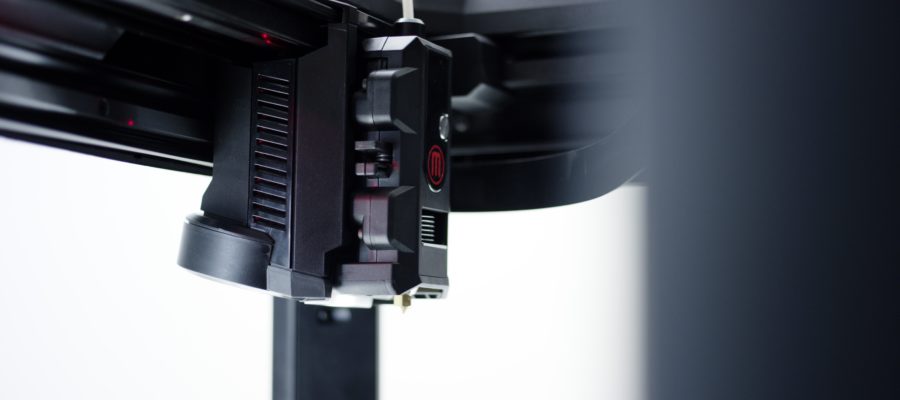Like the foundation of a house, the first layer of your 3D print is critical for the stability and performance of the entire structure. Even slight problems in the first print layers can manifest themselves elsewhere on the product or part, often affecting specifications that may not seem related to the first layer.
The real cost of issues with the first print layer is often not fully appreciated. While an obvious problem may be relatively easy to troubleshoot and correct, it’s the smaller issues that can take some time and effort to discover. Time and effort that goes far beyond just reprinting.
How to Get the First Layer Just Right
If there is one first-layer issue that is more common than others, it is poor adhesion to the print bed. Without proper adhesion, you can get a first layer that makes it look like your CAD file has gone haywire. Here are just a few ways to make sure you get the right adhesion for a successful first layer.
-
Make Sure the Build Platform is Level
A solid first layer relies on a consistent spacing between the print head and the print surface across the entire bed. If the build platform isn’t level, the distance between the print head and the print surface might still be too high or too low while printing the layer. Too much or too little space can affect the print material adhesion. If your 3D printer doesn’t automatically level its platform, be sure to check the level of the print surface before every print.
-
Take Your Time on the First Layer
Yes, we know you got into 3D printing to accelerate your processes. But a good first layer is critical for both part quality and overall production speed. The faster the tool head travels across the build platform, the less chance there is for proper adhesion. Just a slight issue, one that may otherwise not be a problem, can make itself apparent if the tool head moves too quickly. Slow down the print speed of the first layer to speed up production with the help of your 3D printing software.
-
Check the Temperature
Of course, the print filament must be at an optimal temperature for printing. Even if it is extruded from the print head at the correct temperature, if the build surface is too cool, it can affect adhesion. In case you suspect the build platform to be an issue, try increasing its temperature in increments of a few degrees to see if it improves adhesion. In addition, double-check the recommended extruder and print bed temperatures of the filament you’re using.
To learn more about 3D printing, check out our article ‘What is Powder Bed Fusion?‘
